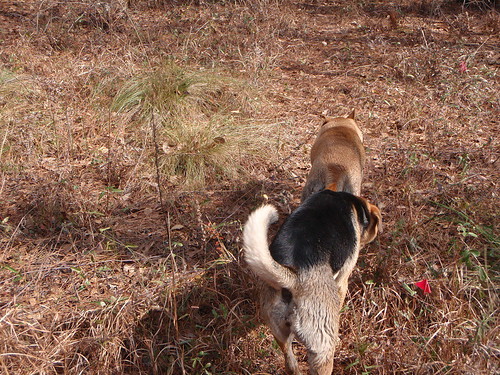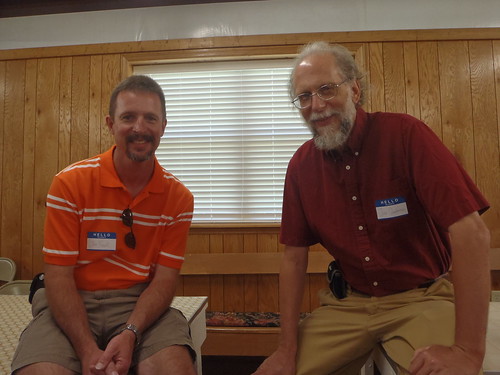Christopher Wanjek wrote in LiveScience 10 February 2009, Small Farms Sprout in Economic Drought:
We know this works elsewhere:When the economy gets tough, it seems that the tough get farming. Tens of thousands of small farms were created since 2002, according to new data from the Census of Agriculture.
The farming forecast isn’t entirely sunny. But packed with a cornucopia of surprise findings — such as large increases in the number and percentage of Asian, Hispanic, Black and female farmers, and a coup staged by the frigid state of Wisconsin to become the second-leading vegetable producer, behind California — the census brings promising news to those interested in reducing obesity and improving the environment.
What’s the connection? More small farms brings greater diversity of crops, more fresh and local foods, less dependency on chemical fertilizers, less concentration of manure, and less emphasis on cheap corn to make unhealthy, industrially produced beef, pork and chicken.
In Japan, were obesity is negligible and the population lives on average about five years longer than Americans do, most cities and their surroundings are filled with small farms. Farmers south of Tokyo, which has a climate similar to Washington, work year round, planting winter crops such as broccoli and hearty greens, which are then picked and delivered to local stores within a day or two. The system is called chisan, chishou, “produce local, consume local.”Unfortunately, big farms also increased during the same period, and mid-sized farms decreased. Basically, mid-sized farms can’t compete in the pesticide game, and are being absorbed by huge corporate farms while being a grass-roots movement of small farms is coming up from the bottom.
Rather than massive Monsanto farms, I choose chisan, chishou.
-jsq

 Some people didn’t like the source of a recent post about
the toxic effects of agrochemicals and GM plants on the environment,
plants, animals, and people.
There are plenty of other sources, including:
Some people didn’t like the source of a recent post about
the toxic effects of agrochemicals and GM plants on the environment,
plants, animals, and people.
There are plenty of other sources, including:








